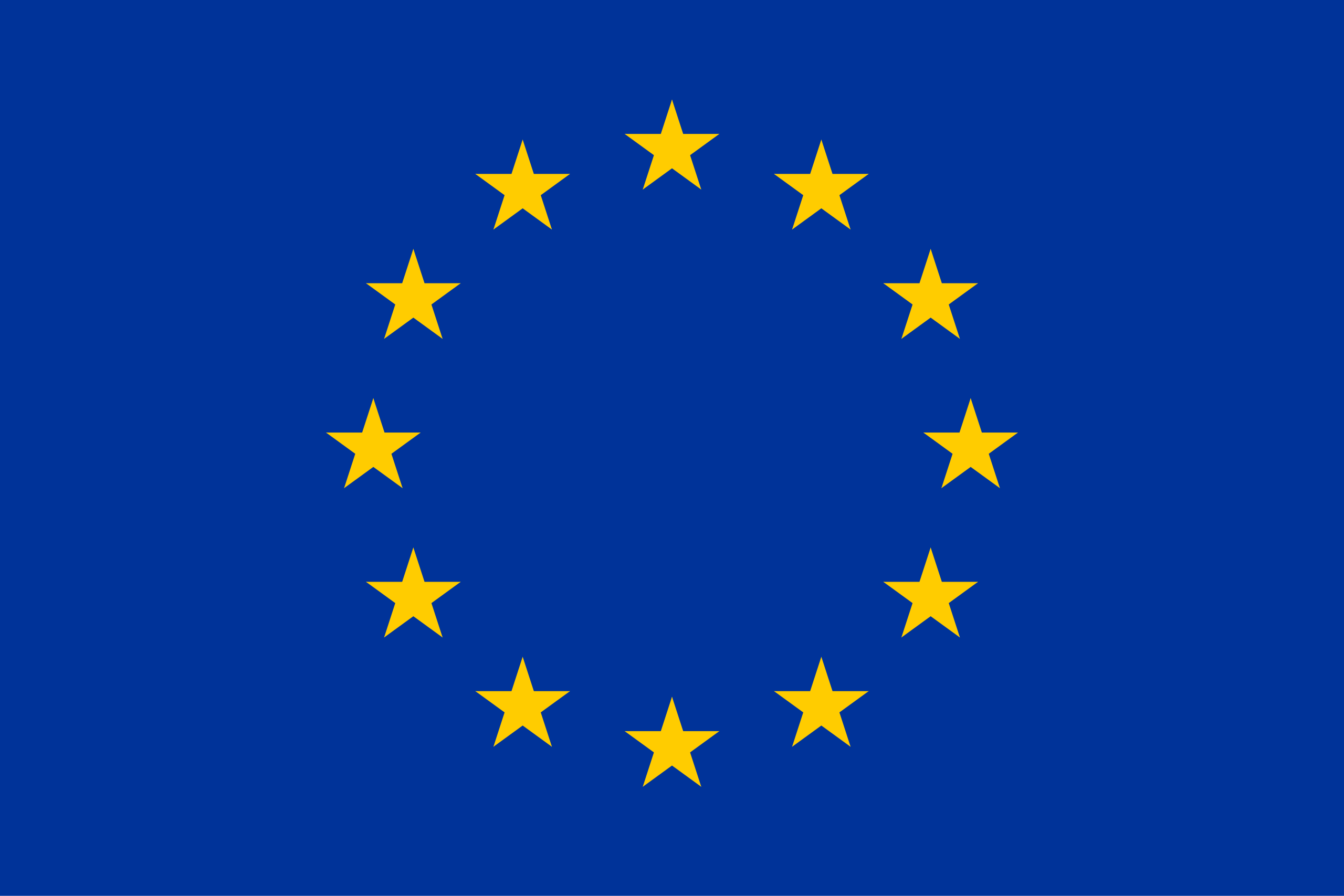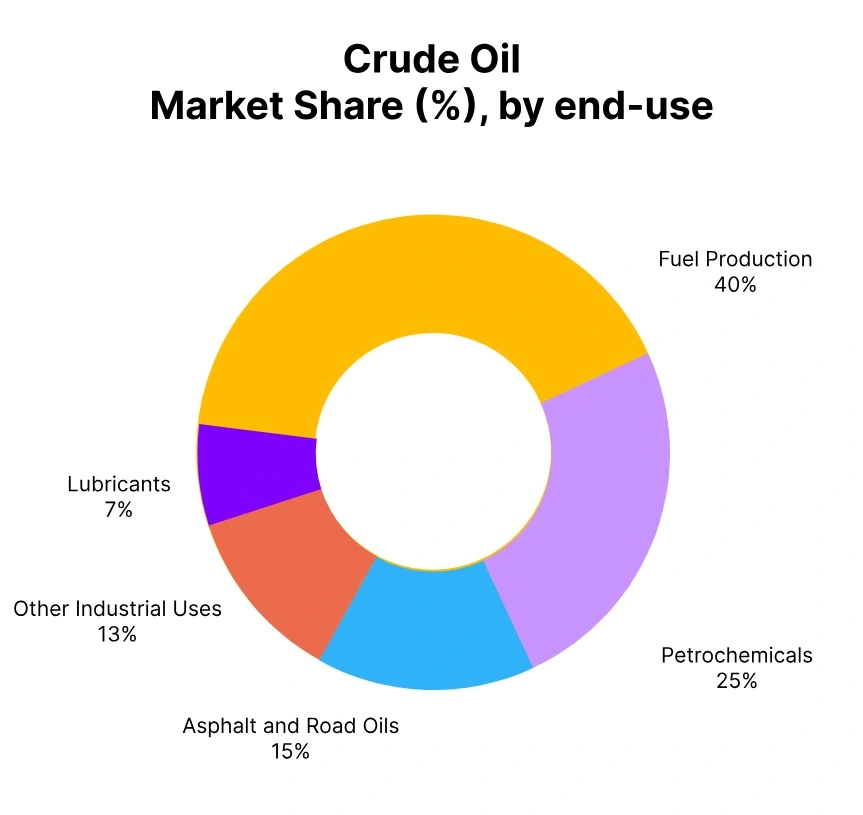Price-Watch’s most active coverage of Crude Oil price assessment:
- West Texas Intermediate (WTI) Crude, USA
- Brent Crude, Europe
- Crude Oil ( Indian Basket), India
- Crude Oil ( OPEC Basket), OPEC
Crude Oil Price Trend Q3 2025
The global crude oil market in Q3 2025 showed muted movement, reflecting uneven growth across major regions and cautious sentiment amid persistent macroeconomic and trade headwinds. In the United States, WTI prices rose modestly by 0.5% as refinery maintenance curtailed supply, though ample shale output maintained high inventories and tempered upward momentum. Export progress remained subdued due to tariffs and limited competitiveness, while hurricanes caused short-lived logistical disruptions with minimal price impact.
In Europe, Brent crude was nearly static, gaining just 0.1% by September 2025 as weak demand, strong non-OPEC supply, and elevated storage capped Crude Oil price trend advances despite OPEC+ restraint. Economic sluggishness, reduced speculative activity, and trade frictions kept traders wary.
In contrast, OPEC’s Basket outperformed, climbing 3.88% on the back of disciplined production management, seasonal demand growth in Asia and the Middle East, and supply disruptions in non-OPEC regions.
Cohesion within OPEC supported market fundamentals, lifting sentiment even as global economic uncertainty lingered. Overall, the quarter highlighted a globally balanced but cautious oil environment one sustained by supply restraint rather than robust demand recovery, with most markets hesitating to break from their restrained trajectory.
USA
WTI reflected a subdued Crude Oil price trend in Q3 2025, marking a slight increase of 0.5% by September 2025. The quarter’s advance was primarily attributed to routine refinery turnarounds, which temporarily reduced crude supply and helped stabilize prices despite persistent headwinds.
US export activity saw only minimal improvement as trade barriers and tariffs especially from Asian importers continued to limit the competitiveness of American crude. Inventories remained ample, with strong shale output replenishing Cushing stocks and tempering the potential for a more robust rally.
OPEC+ policies offered underlying support, but the effect on global balances was softened by tepid demand and lacklustre economic growth. Hurricane disruptions in the Gulf of Mexico briefly impacted logistics yet did not fundamentally alter the Crude Oil price trend. By September 2025, sentiment remained cautious, with traders wary of ongoing macroeconomic volatility and unresolved trade disputes.
Europe
Brent crude trading showed overall stability during the third quarter of 2025, ending up 0.1% in September. The mood across markets has been flat, reflecting underlying economic headwinds and ongoing fallout from trade wars, which continued to weigh on global demand. A supply cut by OPEC+ members has been outweighed by increased non-OPEC production and ample inventories across Europe and the Mediterranean, which created a ceiling on prices.
The summer travelling season and seasonal refinery turnarounds provided modest support for crude consumption, but a weaker demand picture from China and the Asia-Pacific acted to offset this. Despite various geopolitical events creating some short-term volatility, Brent’s established status as the crude benchmark and diversity of supply kept any significant price movements in check. Traders continued to be cautious in the face of macroeconomic uncertainty, maintaining a limited level of speculative trading.
OPEC
OPEC Basket prices posted a solid Crude Oil price trend improvement in Q3 2025, climbing 3.88% by September 2025. This advance was supported by continued cohesion among OPEC members, whose disciplined production management successfully trimmed excess supply and helped rebalance market fundamentals.
Seasonal surges in global fuel demand especially across the Middle East and Asia coincided with tighter export availability, amplifying upward momentum through the quarter. Several non-OPEC supply interruptions, in regions affected by sanctions or civil unrest, further constrained flows and bolstered prices.
While trade friction persisted, incremental progress in select negotiations opened short-term windows for renewed interest from key Asian importers. Regional refinery maintenance added to the drawdown in stocks, amplifying the Crude Oil price trend.
Despite macroeconomic uncertainties and fluctuating risk appetite among speculative traders, OPEC’s basket sustained its recovery by September 2025. The quarter concluded with optimism and firm buying interest, though watchful eyes remained trained on policy risks and the evolving global demand landscape.
India
According to Price-Watch, in the third quarter of 2025, the Indian Basket continued an aggressive upward trajectory in crude oil price trends, increasing by 4.03% in September 2025. Factors contributing to this rally included an uptick in domestic industrial activity, a surge of demand for fuels during the monsoon season, as well as some opportunistic import activity into Indian markets capitalizing on supply tightness from the ongoing events in upstream markets.
Indian refiners have taken advantage of OPEC+ supply shrinking and spot available supply, while considerations like certain Middle East disruptions and reinstated sanctions on some oil exporters have also exacerbated the upward price pressure.
The depreciating rupee has led to higher landed costs for imports and increased local prices. The crude oil price trend remained stable as blending and purchasing flexibility further supported purchasing even with uncertainty in global trade and demand weakened in key economies and partners. Overall, Indian Basket prices reflect ongoing supportive buying sentiment and renewed optimism in the market heading into the fourth quarter of 2025.



